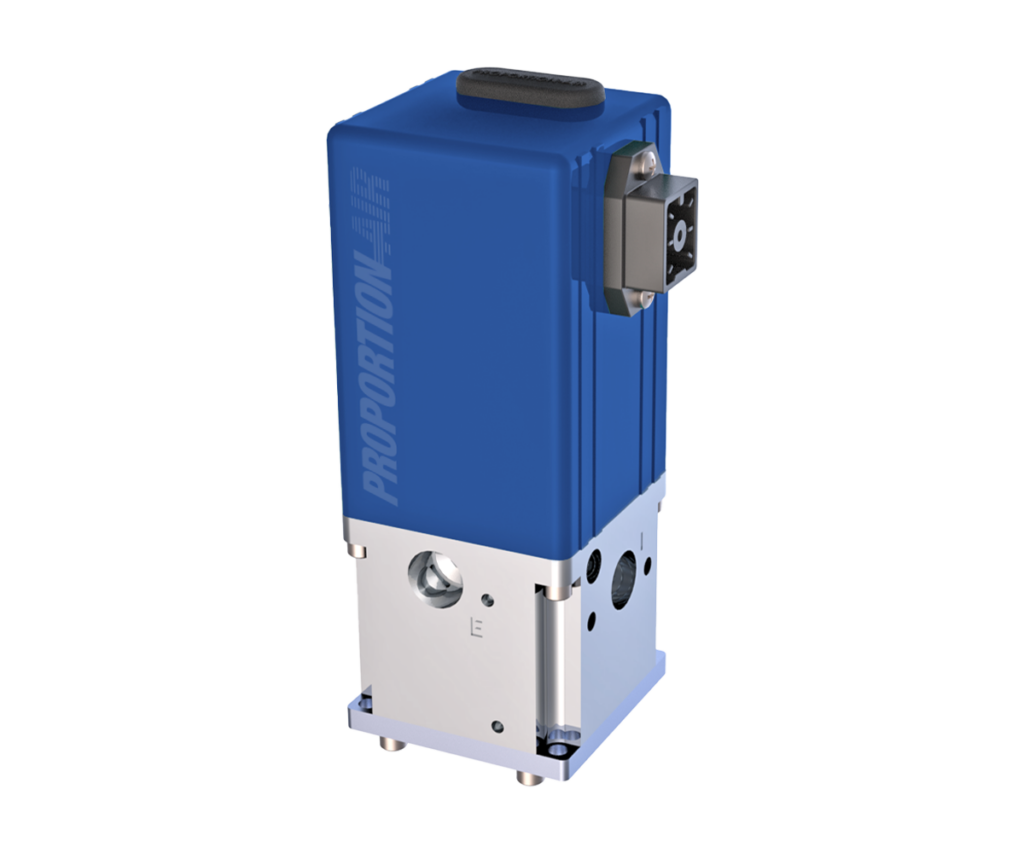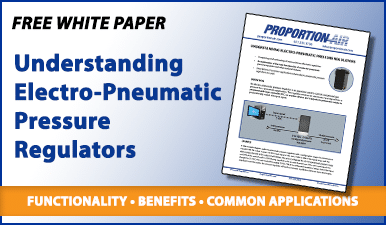QL3 Electronic High Resolution, High Flow Pressure Regulator
The QL3 high resolution, high flow electro-pneumatic pressure regulator allows high volumes of air to move quickly and precisely.
- Unique analog PID circuit integrates error-out quickly, resulting in superior resolution
- Variable orifice solenoid avoids the pressure “steps” prevalent in most feed and bleed I/Ps
The QL3 improves and builds on the proven technology of the Proportion-Air QB3 series by using a current driven variable orifice solenoid valve and a unique analog PID circuit. This variable orifice solenoid avoids the pressure “steps” prevalent in most feed and bleed I/Ps. The combination of a step-less solenoid valve with a high-speed analog PID on a high flow volume booster allows a lot of air to be moved in a hurry, but precisely.
The output is proportional to the electrical input or command signal and an analog monitor output signal is standard.
Accuracy ±
Resolution ±
Max Flow (SCFM)
Max P2 (PSI)
- Technical Specs
- Downloads & Links
- Request Quote
Technical Specs
| Pressure Range | 0-5 PSI thru 0-125, 8.6 Bar |
| Resolution | ±0.05% F.S. |
| Accuracy | ±0.4% F.S. |
| Max Flow | 25 SCFM, 708 LPM |
| Port Size | 1/4″ NPT, BSPP Available |
| Durability | Immune to shock & vibration (up to 20 Gs) |
| Operating Temps | 32-158°F (0-70°C) |
| Filtration | 40 Micron |
Downloads
File Request Form: Use this form to request a file other than a standard QL3 .STEP file.
Submit the form below to download standard QL3 .STEP files



